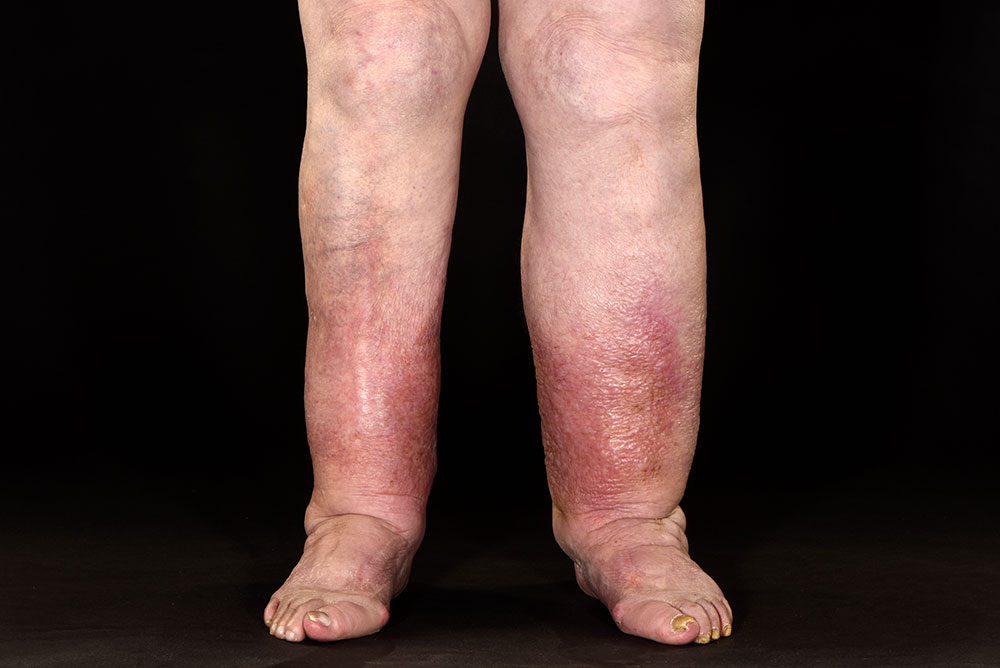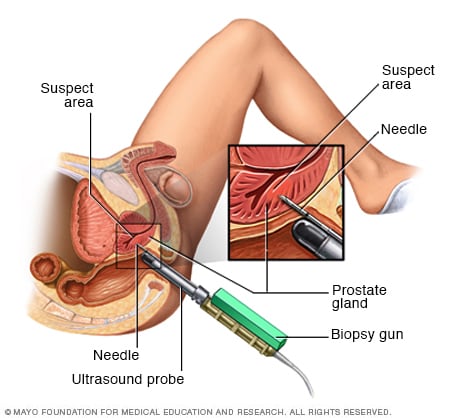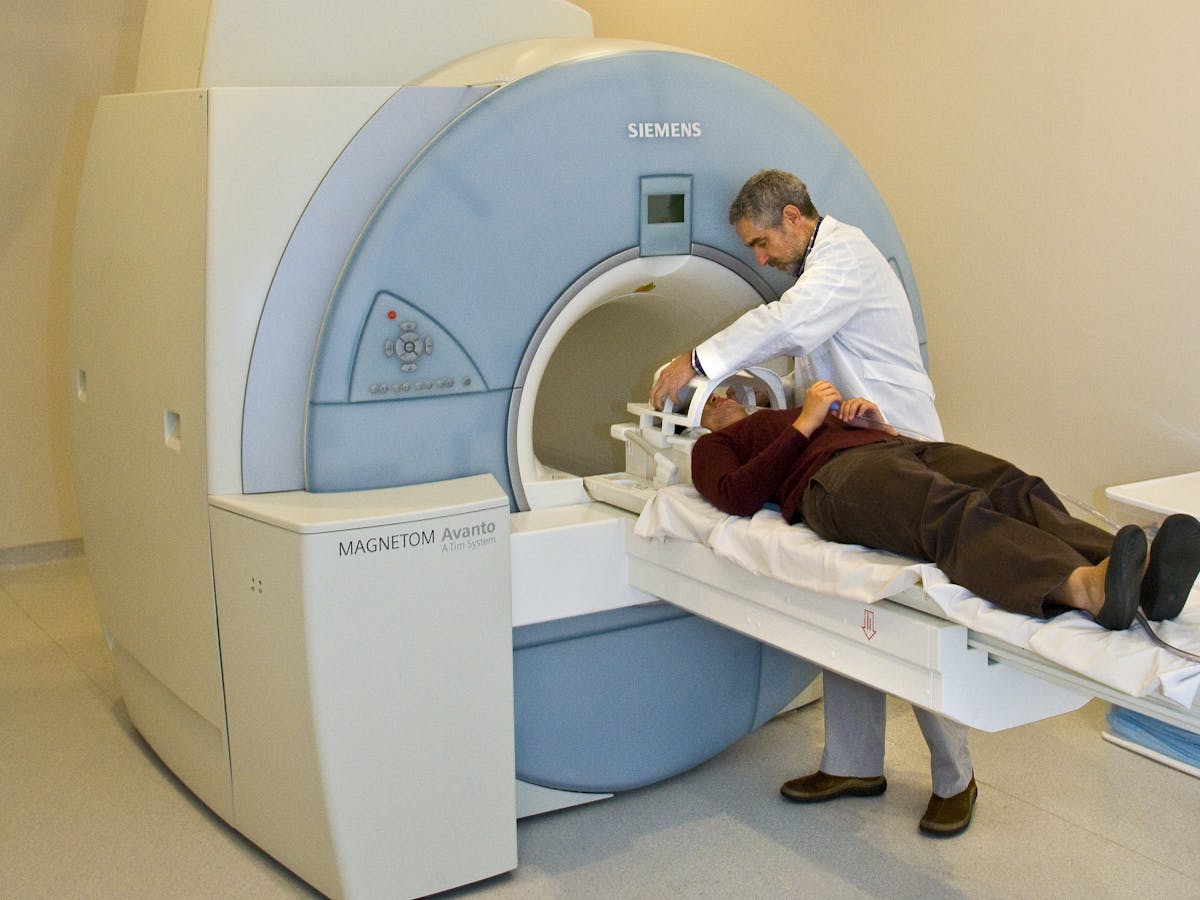WHAT IS PROSTATE CANCER
Cancer is a disease in which cells of the body grow and divide uncontrollably. Prostate cancer is the cancer that occurs in the prostate. a small gland located below the bladder and in front of the rectum in men. The prostate gland produces seminal fluid, which nourishes and transports sperm.

Causes of prostate cancer.
Prostate cancer develops when abnormal cells in the prostate gland start to grow and divide uncontrollably. The cancerous cells can form a tumor, which can spread to nearby tissues or other parts of the body. Prostate cancer is one of the most common types of cancer in men, especially in older individuals
The exact cause of prostate cancer is unknown, but certain risk factors can increase a man’s chances of developing the disease. The risk factors include:
- Older age. Your risk of prostate cancer increases as you age. It’s most common after age 50.The prostate gland continues to grow throughout a man’s life. As the gland enlarges, there is an increased number of cells that have the potential for genetic mutations. This increased cell proliferation and turnover provide more opportunities for cancerous changes to occur.
- Race. Black individuals are more likely than those of other races to get prostate cancer. Prostate cancer is also more likely to be aggressive or progressed in Black persons. In comparison to other racial and ethnic groups, prostate cancer in African American males tends to occur earlier in life and is frequently more aggressive. As a result, there may be a greater chance of an advanced condition at the time of diagnosis.
- Family history. Your risk may be raised if a blood related, such as a parent, sibling, or child, has been diagnosed with prostate cancer. In addition, your chance of developing prostate cancer may be increased if you carry the BRCA1 or BRCA2 gene or have a significant family history of breast cancer.
- Obesity. Though studies have produced conflicting findings, it is possible that obese individuals may have a higher risk of prostate cancer than those who are regarded to be of a healthy weight. Obese individuals are more likely to get cancer that is more aggressive and more likely to come back after first therapy due to additional genetic abnormalities.HPC1, HPC2, HPCX, and other genes may also raise the chance of getting prostate cancer.
- Exposition to Agent Orange. Prostate cancer is one of the illnesses linked to exposure to Agent Orange, a chemical used during the Vietnam War, according to the U.S. Department of Veterans Affairs (VA). Please consult your VA system doctor if you are a veteran who thinks you may have been exposed to Agent Orange.
Symptoms and signs
- Cancer metastasizes : Prostate cancer can spread through your circulation or lymphatic system to your bones or other organs, as well as to neighboring organs like your bladder. Broken bones and suffering can result from prostate cancer that has spread to the bones. It’s doubtful that prostate cancer will be cured if it has spread to other parts of the body, but it may still react to therapy and be managed.
- Urinary incontinence can be brought on by both prostate cancer and its therapy. The sort of incontinence you have, how severe it is, and how likely it is that it will get better over time can all influence how you are treated. Medication, catheters, and surgery are all potential treatment modalities.
- Erection problems: Surgical removal, radiation therapy, or other prostate cancer treatments may cause erectile dysfunction.
If the cancer has developed and spread outside the prostate gland the following may be the signs and symptoms:
- Pain in the back, hips, thighs, shoulders, or other bones. Prostate cancer commonly spreads to the bones, particularly the spine, hips, pelvis, and long bones of the legs. The presence of cancer cells in the bones can cause bone destruction, weakening the structural integrity of the bones and leading to pain. The pain may be localized to the site of bone metastasis or may radiate to other areas.
-
 Swelling or fluid buildup in the legs or feet. Prostate cancer can spread to nearby lymph nodes or other distant sites, such as the bones. When cancer cells infiltrate the lymphatic system, it can cause lymphatic obstruction, impairing the normal drainage of lymph fluid. This can result in the accumulation of fluid in the legs or feet, leading to swelling.
Swelling or fluid buildup in the legs or feet. Prostate cancer can spread to nearby lymph nodes or other distant sites, such as the bones. When cancer cells infiltrate the lymphatic system, it can cause lymphatic obstruction, impairing the normal drainage of lymph fluid. This can result in the accumulation of fluid in the legs or feet, leading to swelling. Weight loss. Hormonal therapies, such as androgen deprivation therapy (ADT), commonly used in the treatment of advanced prostate cancer, can lead to hormonal imbalances. These hormonal changes can affect metabolism and body composition, potentially resulting in weight loss.
- Fatigue. The presence of cancer in the body can trigger a systemic response, including the release of inflammatory substances and the diversion of energy resources towards tumor growth. This can result in a general feeling of tiredness and fatigue.
- Change in bowel habits. Radiation therapy is a common treatment for prostate cancer. If radiation is targeted near the rectum, it can cause inflammation and irritation of the rectal tissues, leading to symptoms such as diarrhea, urgency, or increased frequency of bowel movements. These effects are typically temporary and improve after the completion of treatment.
Diagnosis and testing
Testing healthy men with no symptoms for prostate cancer is controversial. There is some disagreement among medical organizations whether the benefits of testing outweigh the potential risks
Testing Prostate cancer
- DRE(digital rectal examination). In a DRE, your doctor examines your prostate, which is close to the rectum, by inserting a gloved, lubricated finger into your rectum. You could require more testing if your doctor notices any irregularities in the texture, shape, or size of the gland.
- PSA test, or prostate-specific antigen test. Your blood is collected from a vein in your arm and tested for PSA, a chemical that your prostate gland naturally produces. It’s normal to have a little concentration of PSA in your blood. However, if a higher-than-normal amount is discovered, this might be a sign of cancer, inflammation, enlargement, or prostate infection.
Diagnosing prostate cancer
- Ultrasound. During a transrectal ultrasound, a small probe, about the size and shape of a cigar, is inserted into your rectum. The probe uses sound waves to create a picture of your prostate gland.

- Magnetic resonance imaging (MRI). In some situations, your doctor may recommend an MRI scan of the prostate to create a more detailed picture. MRI images may help your doctor plan a procedure to remove prostate tissue samples.
- Collecting a sample of prostate tissue. To determine whether there are cancer cells in the prostate, your doctor may recommend a procedure to collect a sample of cells from your prostate (prostate biopsy). Prostate biopsy is often done using a thin needle that’s inserted into the prostate to collect tissue. The tissue sample is analyzed in a lab to determine whether cancer cells are present

